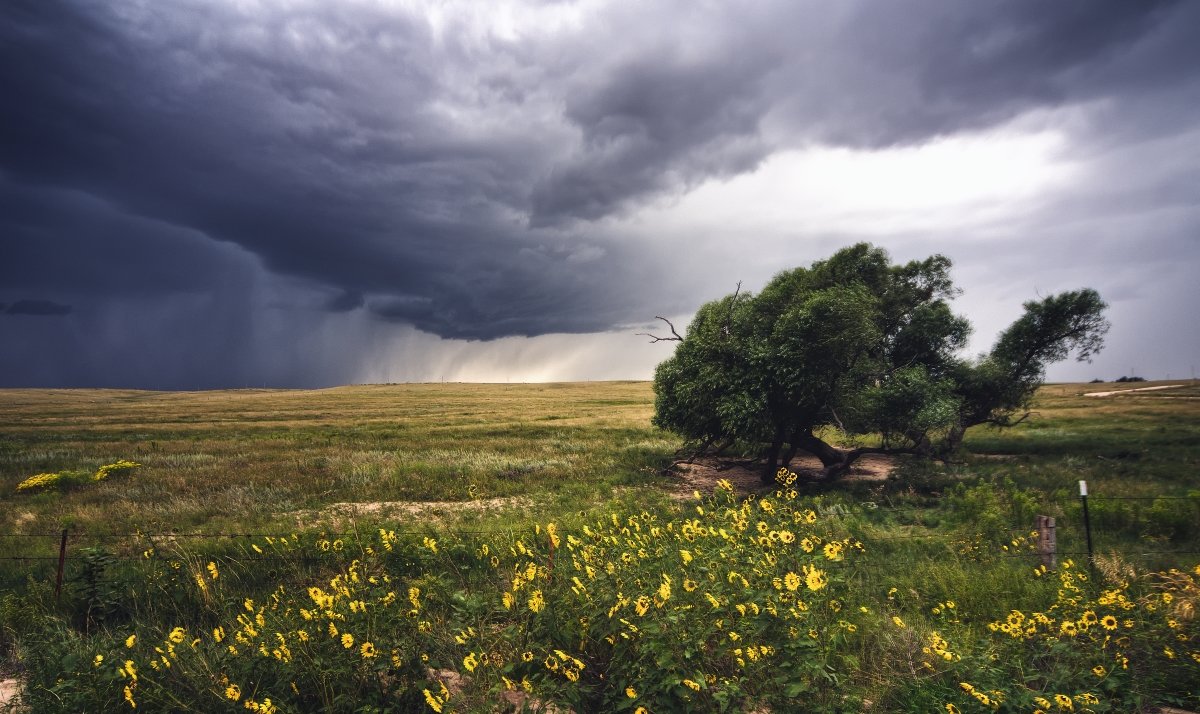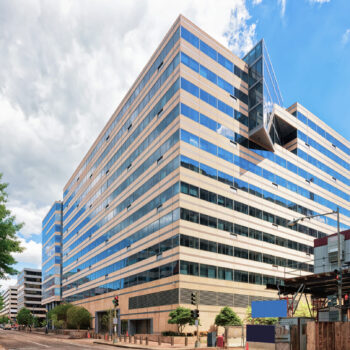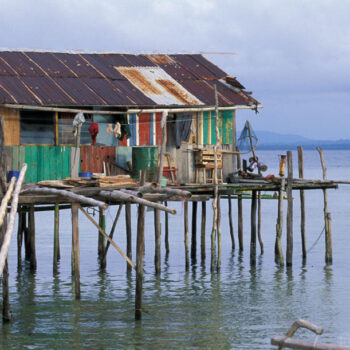Multilateral Development Banks (MDBs) are powerful institutions who must steer Covid-19 recovery towards a resilient and climate safe future for the vulnerable they serve. The annual global Climate Adaptation Summit provides a major political moment to ensure adaptation is being adequately supported.
At this year’s Climate Adaptation Summit held on January 25 and 26th, world leaders including heads of MDBs, came together to renew commitments to climate change adaptation. The UK along with international partners launched the Adaptation Action Coalition to support vulnerable communities.
There were further welcomed announcement’s including the European Bank for Reconstruction and Development joining a United Nations Environment Program (UNEP) – Finance Initiative call for more reporting on climate risk and the World Bank Group launching their Resilience Rating System.
One of the first steps MDBs should make to live up to theses pledges and announcements, is ensuring their operations are living up to the aims of the Paris Agreement. Our latest research shows no banks are currently satisfying the climate pledges they made five years ago. MDBs can change this by investing in adaptation and resilience building activities as well as harnessing the power of Nature based Solutions (NbS).
While Covid-19 spreads disruption across our health, societies and economies, we are also seeing intensifying climate impacts. In fact, 2020 tied 2016 for the warmest year on record, with more severe cyclones, wildfires, droughts and floods in addition to increased glacial ice loss. As emissions eventually peak and plateau, clearly there is a need to ramp up our systems’ adaptive capacities and to build resilience to future shocks.
Financing Climate Adaptation to Support the Vulnerable
As has often been repeated, it is the most vulnerable of us, with the least adaptive capacity, that will be impacted most by climate change. Developed economies with the characteristics of good governance, better infrastructure and stronger institutions generally have better adaptive capacity then developing economies. This discrepancy is known as the adaptation deficit. Inclusive growth policies and focused adaptation support are necessary to close this deficit. The Global South’s call is clear – adaptation is a priority and there is urgent need for capacity-building, transfer of technology and financial support.
In 2015, the Paris Agreement established a Global Goal on Adaptation. The UNEP Adaptation Gap Report 2020 assesses progress towards this goal, noting that current adaptation costs in developing countries are an estimated USD 70 billion annually. They are expected to rise to 140-300 billion by 2030. This already large number is considered an underestimate. Undoubtedly there is much to do in this space.
The Global South’s call is clear – adaptation is a priority and there is urgent need for capacity-building, transfer of technology and financial support.
Adaptation finance is notoriously difficult to track. There are significant data and reporting gaps compounded by the complexity of adaptation measures, plus the lack of common impact metrics and definitions. MDBs attempt to track adaptation finance flows in their Joint Reports showing an upward trend since 2015. However, there remains a significant gap between the flow of mitigation and adaptation finance. In 2019 for example, MDB mitigation finance made up 76% (USD 46,625 million) of total spend while adaptation only accounted for a dismal 24% (USD 14,937 million).
Assessing MDBs for Paris Agreement alignment
E3G’s Public Bank Climate Tracker Matrix assesses how well nine major MDBs are aligning their practices with the Paris Agreement. Banks are assessed across various metrics including climate risk, resilience, and adaptation. Our work finds, that whilst the majority of banks are making some progress, the Asian Development Bank (ADB) is the only Paris aligned bank when it comes to risk, resilience and adaptation. The ADB is taking a beyond-project approach to client resilience.
On a positive note, other banks are also innovating and finding new instruments and ways to accelerate adaptation progress. For example, the African Development Bank (AfDB) is considering the increasing cooling needs of the continent through an adaptation lens. Utilising instruments offered by the Paris Agreement (Article 6.2) such as Internationally Transferred Mitigation Outcomes (ITMOs), AfDB is framing sustainable cooling projects via their novel Adaptation Benefit Mechanism. Indeed, investing in sustainable cooling brings co-benefits to both mitigation and adaptation. Cooling offers significant opportunities to contribute to targets of the Sustainable Development Goals, the Paris Agreement, and the Kigali Amendment on the phasedown of HFCs as highlighted in E3G’s report on cool development banks.
MDBs as climate leaders
MDBs, with their ability to allocate finance, are critical in mainstreaming adaptation finance. Moreover, they have shown themselves to be innovators in conceptualising adaptation and resilience instruments. The World Bank for example, first coined the term Nature based Solutions in a 2008 report. NbS are actions inspired and supported by nature.
MDBs are powerful institutions who must steer the green recovery to build a resilient and climate safe future for the vulnerable they serve.
They are considered benefit multipliers; a tool for adaptation and resilience that can provide an estimated 30% of the mitigation required by 2030 to meet the global temperature goal of limiting warming to below 2°C. NbS also provide a powerful defence against the impacts and long-term hazards of climate change. They aid in restoring and conserving biodiversity, and offer wide socio-economic benefits with local application and global impact.
Adaptation financing faces systemic barriers, however MDBs are powerful institutions who must steer the green recovery to build a resilient and climate safe future for the vulnerable they serve. This means investing in adaptation and resilience building activities and harnessing the power of NbS. MDBs can drive adaptation investment further by ensuring their operations are aligned with the Paris Agreement.


